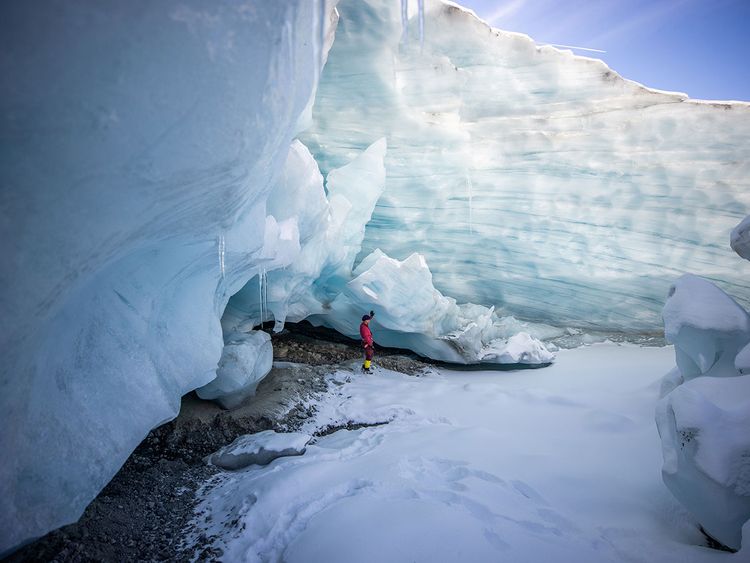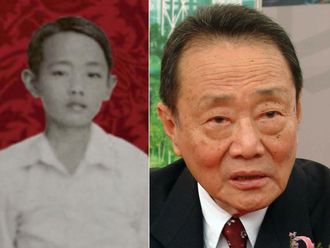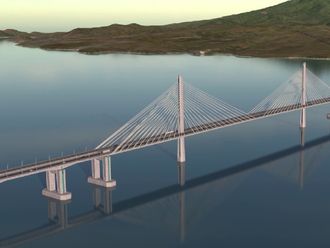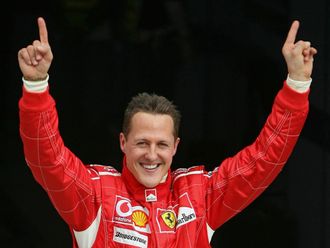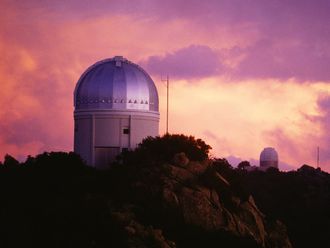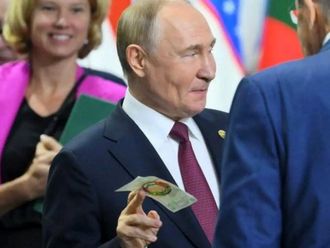
Dubai: A UN global warming conference from October 31 to November 12 in Glasgow, Scotland, is considered a crucial moment for efforts to address the threat of climate change.
About 20,000 heads of state, diplomats and activists are expected to meet in person to set new targets for cutting emissions from burning coal, oil and gas that are heating the planet.
The conference is held annually, but this year is critical because scientists say nations must make an immediate, sharp pivot away from fossil fuels if they hope to avoid the most catastrophic impacts of climate change.
What is COP26?
COP stands for Conferences of the Parties.
In diplomatic parlance, the parties refer to 197 nations that agreed to the United Nations Framework Convention on Climate Change at a meeting in 1992.
That year the United States and some other countries ratified the treaty to combat “dangerous human interference with the climate system” and stabilise levels of greenhouse gas emissions in the atmosphere.
This is the 26th time that countries have gathered under this United Nations convention on climate change.
What is the goal of the meeting?
The goal is simple: To contain the rise in global temperatures to 1.5 degrees Celsius compared with levels before the Industrial Revolution. That means cutting carbon emissions much faster than countries are already doing.
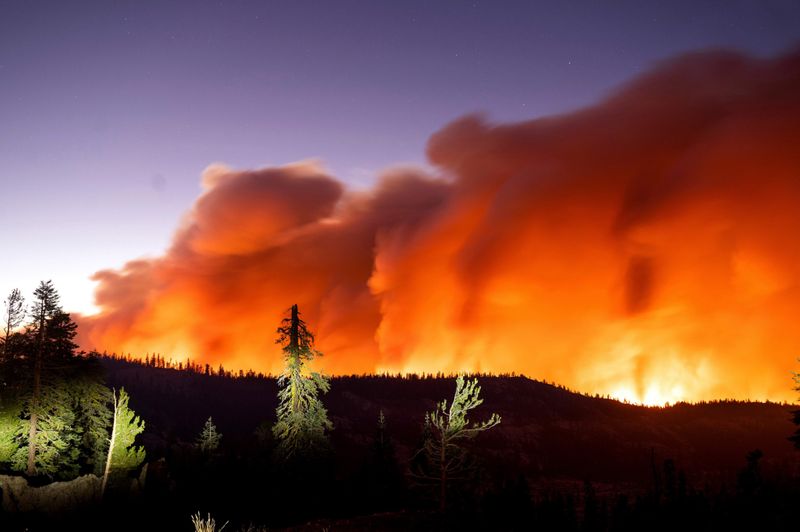
Missing the target would mean more extreme weather events, from heat waves to droughts and floods to wildfires.
The purpose of the summit is to get concrete commitment for action. The UN wants nations to divide the financing between adaptation measures, which help countries adapt to climate changes, and decarbonisation measures.
When was the first COP held?
The first COP was held in Berlin in 1995, after a critical mass of nations ratified the climate convention. It was a milestone and set the stage for the Kyoto Protocol two years later, which required wealthy, industrialised nations to curb emissions.
That accord had its problems. Among them, the United States under former President George W. Bush rejected it, citing the fact that it did not require China, India and other major emerging economies to reduce their greenhouse gases.
What happened at the Paris meeting?
In 2015, after more than two decades of disputes over which nations bear the most responsibility for tackling climate change, leaders of nearly 200 countries signed the Paris Agreement.
That deal was considered groundbreaking. For the first time, rich and poor countries agreed to act, albeit at different paces, to tackle climate change.
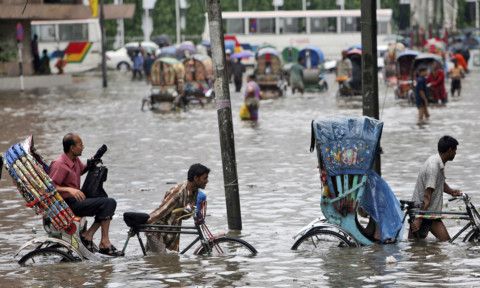
The United States withdrew from the Paris Agreement under former President Donald Trump but rejoined under President Joe Biden.
While leaders made big promises in Paris, countries have not done enough to stave off the worst impacts of climate change, which brings us to COP26 in Glasgow, where the pressure is on for leaders to be more ambitious.
Who is going to be at this conference?
It starts with around 100 heads of state (or government). That includes the host, UK Prime Minister Boris Johnson, US President Joe Biden, India’s Prime Minister Narendra Modi, and others. But there will also be thousands of diplomats in negotiating rooms. In addition, there will be business leaders, activists like Greta Thunberg and academic experts.
Another prominent voice, Pope Francis, will not be in Glasgow, but he may address the gathering remotely.

Are there prominent leaders who are not coming for the conference?
Russia’s Vladimir Putin, Brazilian President Jair Bolsonaro and China’s President Xi Jinping are prominent leaders who will not be attending the event.
Where will the meetings be held?
The meetings will be held at the Scottish Event Campus, Glasgow’s largest exhibition centre. In addition to the more than 20,000 people expected to attend the formal talks and side events, large marches are expected around the city.
November 6 has been designated the Global Day for Climate Justice and advocacy groups are expecting about 100,000 protesters.
About 10,000 officers a day are planning to patrol the event, and Scottish law enforcement officials have promised that their approach will be “welcoming, friendly and proportionate.”
Is global warming a serious threat?
For every fraction of a degree of warming, scientists say, the world will see more intense heat waves and drought, and more deadly floods and wildfires. Humans have already heated the planet by roughly 1.1 degrees Celsius since the 19th century.
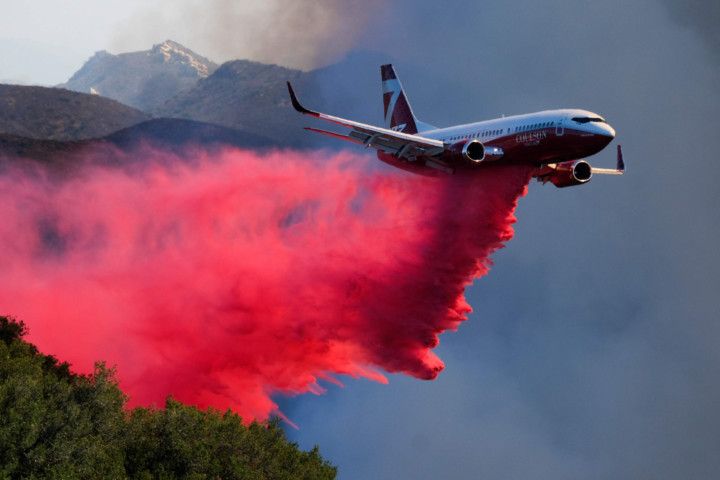
Countries have less than 10 years to reduce emissions enough to keep the planet below 1.5 degrees of warming.
So if leaders don’t commit to bold steps now, when so much global attention is focused on Glasgow, many fear the world will barrel toward dangerous levels of warming.
So far 17 countries and the European Union have made new pledges, including the United States.
US President Joe Biden has said that America will cut emissions 50% to 52% below 2005 levels in the next decade. As of now, though, few policies are in place to make that happen.
Major players at the Glasgow climate summit
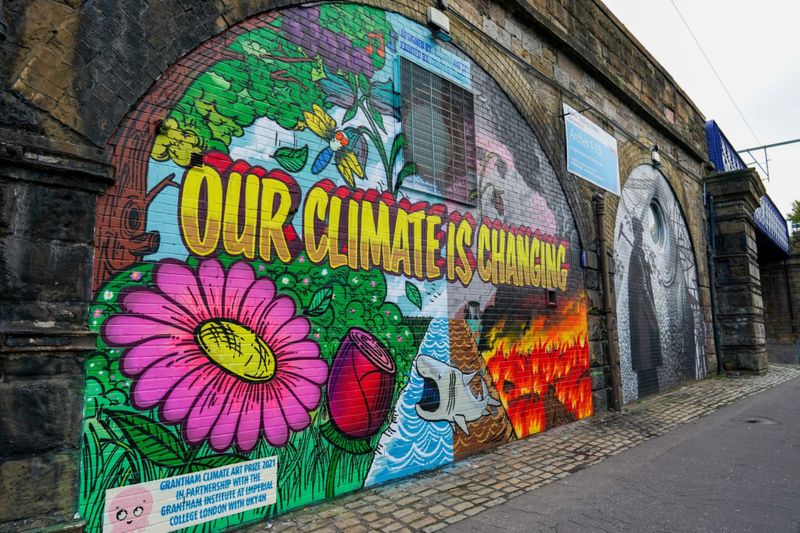
China
Currently the worlds top carbon emitter, China’s near-future actions will help determine whether the world can meet its climate goals. President Xi Jinping said last year China planned for an emissions peak in 2030 and carbon neutrality by 2060.
United States
The United States is currently the world’s second-largest carbon emitter but has historically put more carbon dioxide into the atmosphere than any other country since the Industrial Revolution.
President Joe Biden rejoined the Paris Agreement and has pledged that the country will cut its greenhouse gas emissions by 50-52% from 2005 levels by 2030.

United Kingdom
The conference host, along with Italy. In 2019, Britain pledged to reach net-zero emissions by 2050, and earlier this year committed to a 78% reduction in greenhouse gases by 2035 compared to 1990 levels. But Prime Minister Boris Johnson’s government faces a dilemma : there is increasing public pressure to halt new North Sea oil and gas exploration, but doing so would leave the country more reliant on imported fuel.
European Union
The 27-country bloc produces around 8% of global greenhouse gas emissions, and its emissions have been trending downward for years. The EU has fixed into law targets to cut net emissions at least 55% by 2030 from 1990 levels, and reduce them to zero by 2050.:
Least Developed Countries (LDCs)
This group represents the world’s 46 poorest nations, whose 1 billion citizens across Africa, Asia-Pacific and the Caribbean are particularly vulnerable to climate change, but least responsible for causing it.
LDCs are expected to push wealthy countries to honour a pledge to provide $100 billion per year in climate finance to the developing world for the 2020-2024 period - a target they are on track to miss.

‘Basic Countries'
Brazil, South Africa, India and China make up this bloc of populous, fast-developing countries with high-polluting economies. Each has called on rich countries to provide more climate financing, and have demanded equity through the UNFCCC concept of common but differentiated responsibilities - meaning wealthy countries that contributed the most emissions to the atmosphere have a greater responsibility to address it.
New Delhi has said the current $100 billion a year pledge is not enough, and that India is unlikely to commit to a net-zero target by 2050. Brazil also wants financial compensation to halt rampant Amazon deforestation. South Africa wants stronger evidence that developed countries will come up with the $100 billion they have promised, but also says the figure should be more like $750 billion.
Climate Vulnerable Forum
Representing 48 countries most at risk from climate impacts, including Bangladesh and the Maldives, this group urges the need for a strong global agreement and is also asking for countries to update their climate pledges annually, instead of every five years.
Alliance of Small Island States
The alliance’s countries are disproportionately vulnerable to climate change effects, particularly sea level rise and coastal erosion.
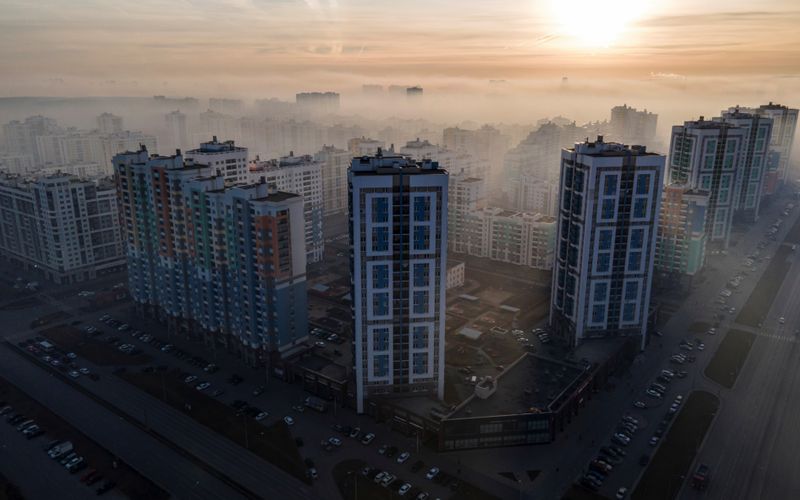
Powering Past Coal Alliance
Spearheaded by the UK and Canada, 41 nations and dozens more local governments and private companies have pledged faster transitions from coal to clean energy.
High Ambition Coalition
Formed in 2015 by the Marshall Islands, Costa Rica, the United States, the EU, and others, this group pushes for more progressive emissions targets and climate policies.
G77 + China
A longtime alliance of 77 developing countries and China, this group holds the line on the concept that different countries have differing responsibilities.
Umbrella Group
This alliance of non-EU developed countries includes Australia, Japan, Russia, and the United States.
Africa Group
Africas UN members will push for additional climate financing for the developing world.
From Paris to Glasgow: Climate jargon
Paris Agreement
Successor to the Kyoto Protocol, the international climate treaty that expired in 2020. Agreed in December 2015, the Paris Agreement aims to limit the rise in the average global surface temperature. To do this, countries that signed the accord set national pledges to reduce humanity’s effect on the climate that are meant to become more ambitious over time.
Greenhouse gases
The carbon dioxide (CO2) emitted by the burning of fossil fuels such as coal, diesel, gasoline or petrol, kerosene and natural gas is the main “greenhouse gas” responsible for warming the Earth’s atmosphere.
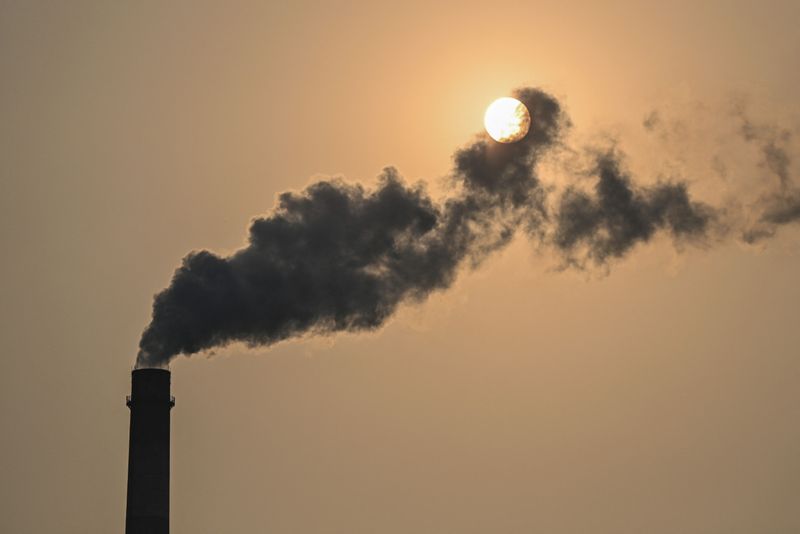
But there are others such as methane, which is produced by cows and waste dumps, that are much more potent than CO2 but much shorter-lived in the atmosphere.
1.5 degrees
The Paris accord legally bound its signatories collectively to limit greenhouse gas emissions to keep the temperature rise “well below” 2.0 degrees Celsius this century.
But the countries also promised to “pursue efforts” to keep the rise below 1.5C, which scientists say would help to avert some of the most catastrophic effects.
Soberingly, the world has already heated up by just over 1C since the start of the Industrial Revolution. Even if all the pledges made so far are delivered, it is still on track for an average rise of 2.7C this century, a United Nations report said.

COP26
The Conference of the Parties (COP) is the supreme body of the United Nations Framework Convention on Climate Change (UNFCCC), made up of representatives from each country that signed the Paris Agreement and which meets every year.
COP26, the 26th annual meeting, is being held under a British presidency, albeit a year late because of the coronavirus pandemic.
Nationally Determined Contributions (NDCs)
These are pledges that each country makes to reduce its emissions and adapt to climate change from 2020 onward.
Countries have to update and expand their NDCs every five years. All signatories have submitted new pledges for Glasgow.
In sum, they are nowhere near enough, and a main aim of the conference is to use the negotiation process to increase them.
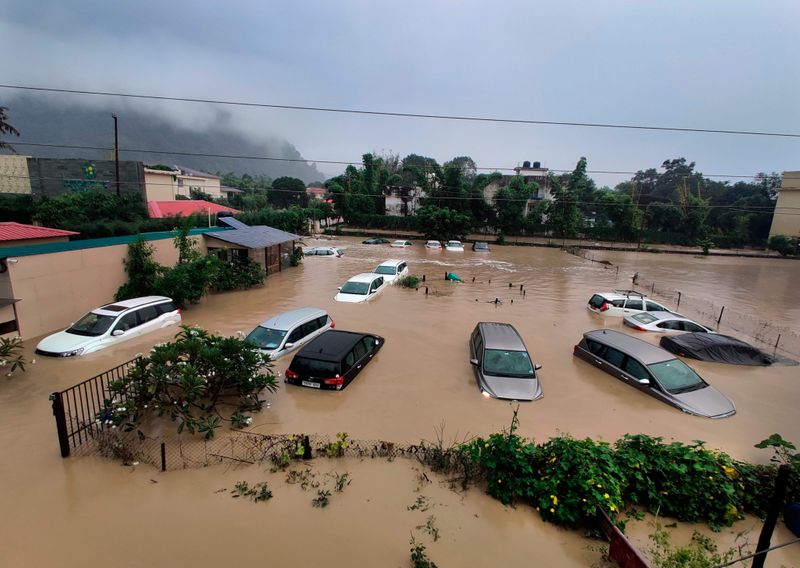
Just transition
The term used to describe a shift to a low-carbon economy that keeps the social and economic disruption of moving away from fossil fuels to a minimum while maximising the benefits for workers, communities and consumers.
Climate finance
Richer countries agreed in 2009 to contribute $100 billion together each year by 2020 to help poorer countries adapt their economies and lessen the impact of rising seas, or more severe and frequent storms and droughts.
In 2015 they agreed to extend this goal through to 2025, but the target has yet to be met.
To put things in perspective, a US Energy Department official estimated that the United States alone needs to invest $1 trillion a year to meet its new climate targets.
CBDR
The principle of “common but differentiated responsibilities” (CBDR), was enshrined in the Kyoto accord.
It says that developed countries, which produced more emissions in the past as they built their economies, should take the lead in fighting climate change.
The issue is always one of the most thorny in climate talks.
The Paris Agreement sought to bind major rapidly developing economies such as China and Brazil into the global effort to cut emissions, adding the words “in light of different national circumstances”. It does not, however, require them to make any immediate pledges to cut their emissions.
‘Loss and damage’
Although richer countries have agreed to provide them with funding to address the impact of climate change, poorer countries continue to press for an agreed basis to assess liability for the losses and damage caused by climate change, and calculate compensation.
- With inputs from NYT, WP, Reuters


